Case
Home / Case / User Manual / Installation and maintenance of pipe fitting

Case

Installation and maintenance of pipe fitting
1.Installation method:
①During installation, the pipe fitting should be aligned with the thread interface end, first turn left gently until the internal and external threads match (feel "click"), and then turn right until the combination is tight, to ensure that there is no leakage under the rated pressure.
②In order to ensure the sealing of the pipe, the installation should add an appropriate amount of sealing material at the outer thread, such as PTFE belt (commonly known as raw material belt), flax fiber, etc.
③After installation, the pipeline should be protected by painting, so that the damaged protective layer can be effectively supplemented and the service life of the pipeline can be extended.
2.Operating temperature and environment:
①It is used in the range of -20℃ ~ 300℃. When the operating temperature is lower than 0°C or higher than 50°C, the material in the pipeline should be in a state of flow.
②Avoid using in the environment with strong corrosive gas.
③When the ambient temperature is below 0°C, the pipes and accessories shall take practical and reliable insulation measures to prevent the pipes from swelling and cracking due to liquid solidification.
3.Matters needing attention:
①When installing, the internal and external threads must be aligned and matched before tightening. Do not apply too much force to avoid damaging the threads and pipes.
②Transportation, storage, installation and use shall not be in contact with corrosive substances.
Installation and maintenance of pipe fitting
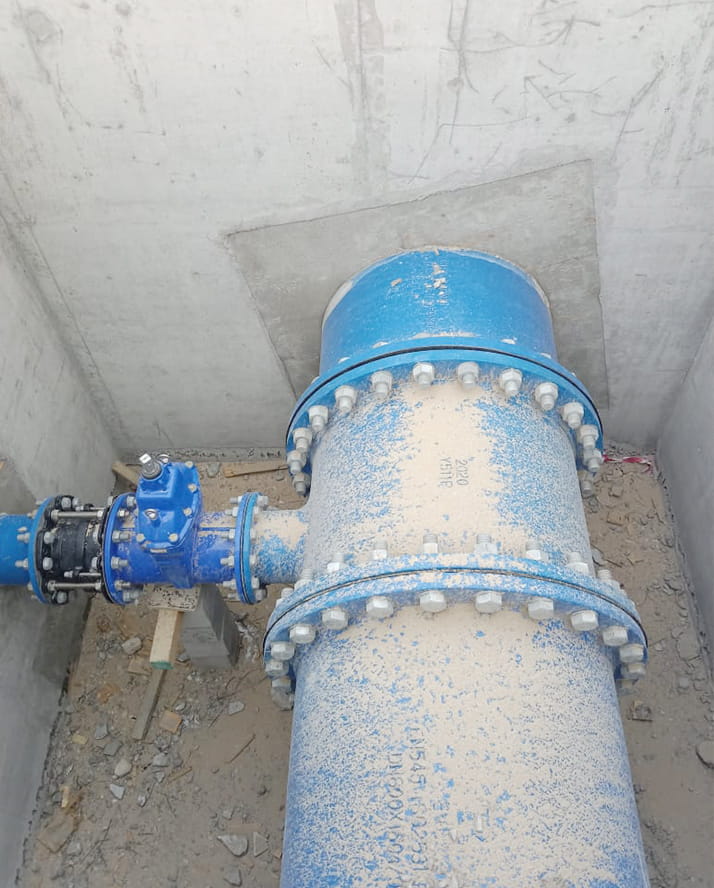
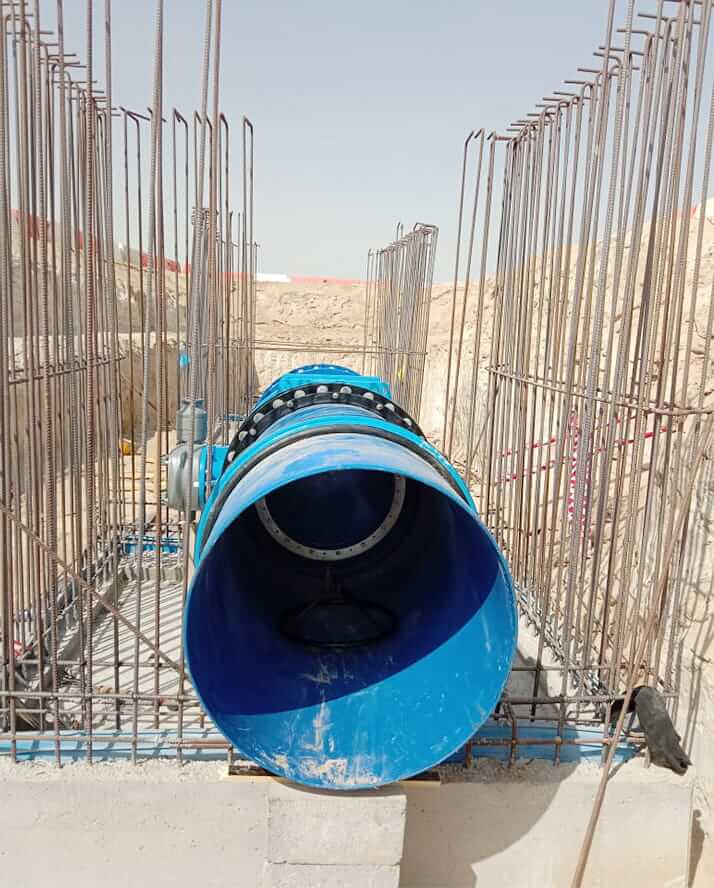
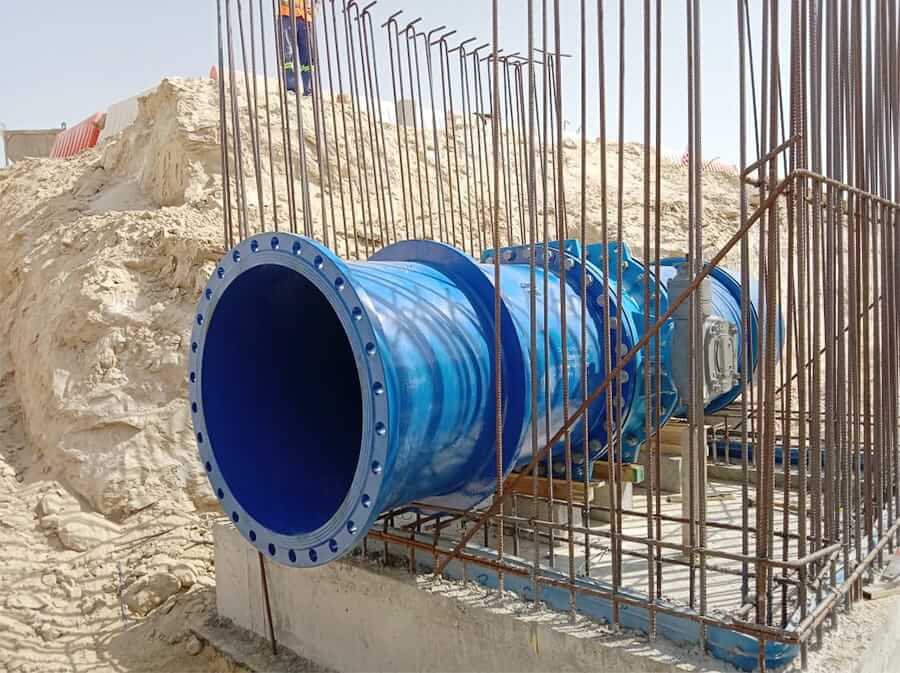
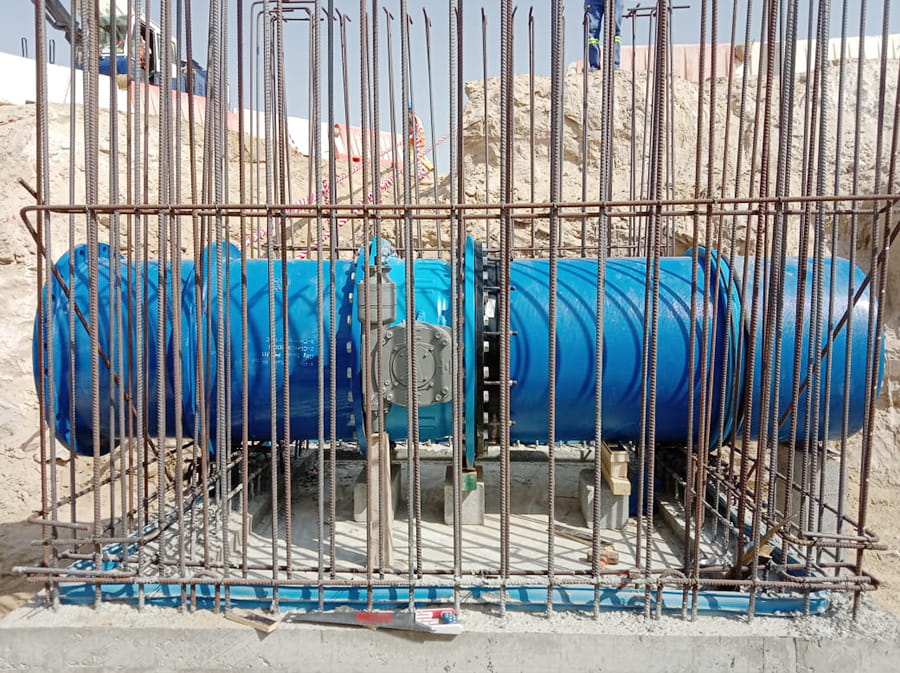
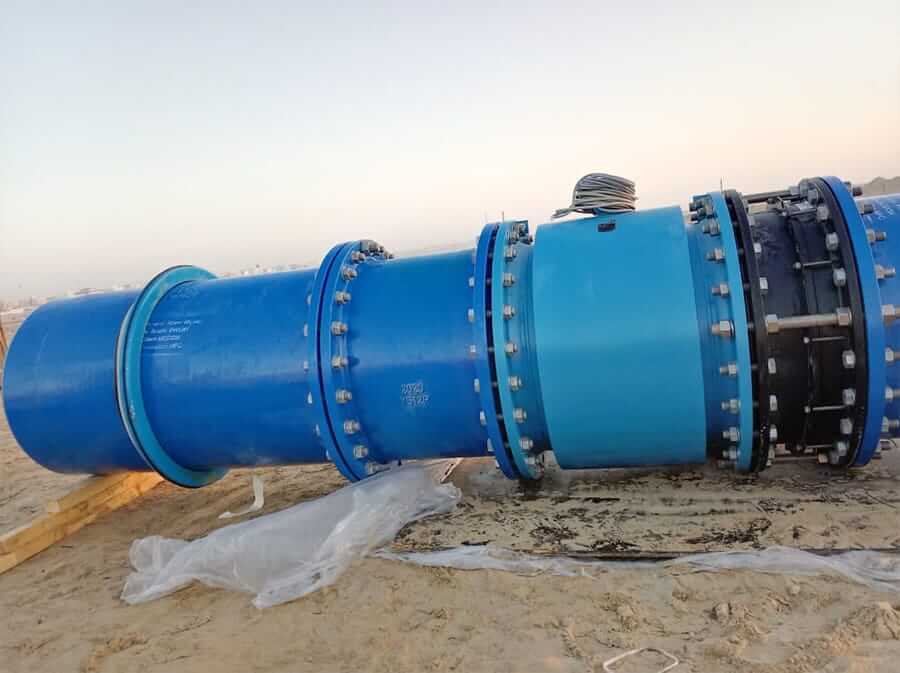
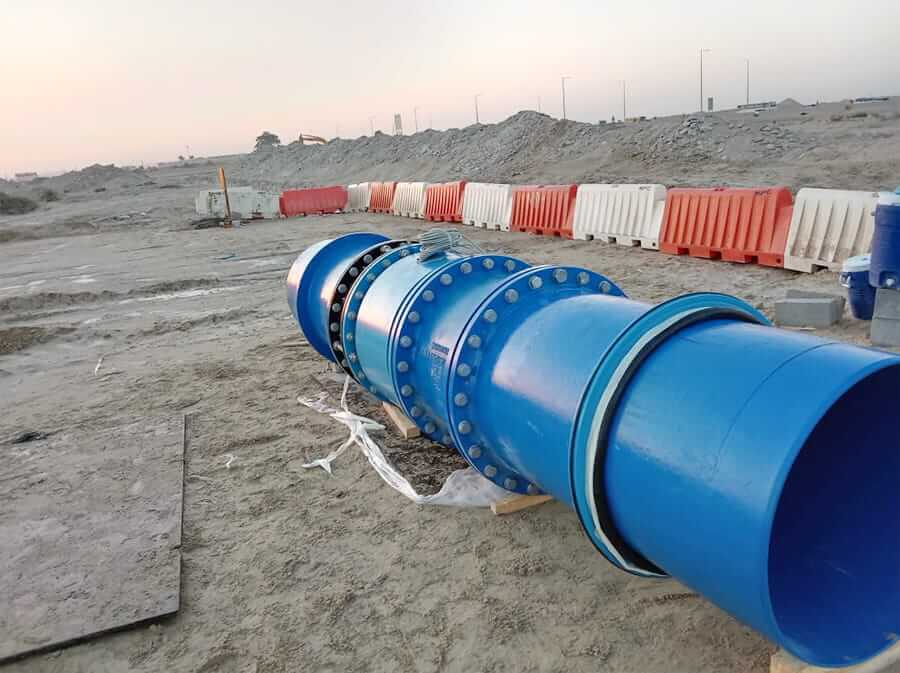
1.PP pipe characteristics:
①Uniform color, smooth inner and outer walls, small friction coefficient, fast fluid discharge.
②Non-toxic and tasteless, environmental protection and health, is a new green building materials.
③Light weight, easy connection, can be wall, underground hidden installation, no leakage.
④Superior acid and alkali corrosion resistance, polypropylene material itself has strong corrosion resistance, water pipe PP pipe, do not need to carry out inner wall coating, prevent the secondary reaction of fluid and coating, reduce the difficulty of operation, reduce the cost of the project.
⑤Stable temperature resistance, PP pipe material, can transport various types of non-oxidizing acid, industrial sewage, chemical gas and domestic sewage within 90℃, can also be used safely in the cold area of Northeast China.
⑥Excellent impact resistance, high crystallinity of PP, superior surface stiffness, scratch resistance, low probability of stress cracking.
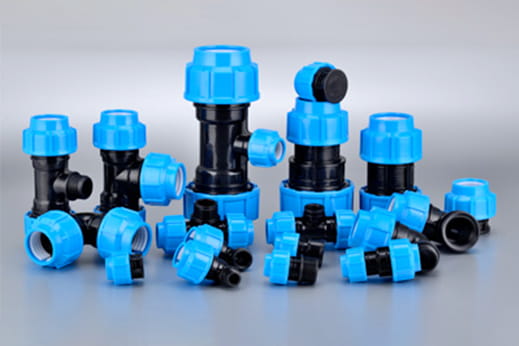
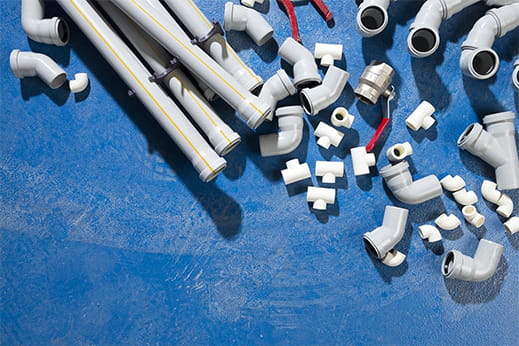
2.Installation matters:
1)Buried pipeline trench bottom should be smooth, there shall be no prominent sharp hard objects. The particle size of the original soil should not be greater than 12mm, and 100mm thick sand cushion can be laid if necessary.
The backfill soil around the pipeline should be filled to 300mm above the top of the pipe, and the original soil can be backfilled after tamping. The buried depth of indoor buried pipeline should not be less than 300mm.
2)Each PP pipe manufacturers have specific requirements for the design, use and installation of their products. The engineering practice shows that the following points should be paid special attention to: the thermal expansion of the pipeline should be fully considered, and necessary measures should be taken according to the specific situation. Practice shows that there are usually several ways to solve this problem:
①Small diameter pipeline should be applied directly and darkly.
②In open application and non-directly buried (pipe well, pipe trench, etc.) hidden application pipeline, free compensation should be adopted as far as possible under the condition of space permitting.
③Pipes are reinforced with semicircular metal brackets.
④Dense pipe clips are used to fix and constrain pipe deformation. This method can be adopted under the condition that the above three methods cannot be implemented due to the restriction of conditions.
⑤The above four methods are mixed, and appropriate combination is adopted according to the actual situation of PP tube.
⑥Metal compensator is used. This method is generally not recommended unless it is very important and easy to repair. Because the mechanical connection between the metal compensator and the PP-R pipe is non-permanent connection, it is easy to produce leakage points; In addition, the metal compensator is expensive and the amount of compensation is small, so it is not suitable for the thermal expansion compensation of plastic water supply pipeline.
⑦Strictly in accordance with welding operation rules and other safety construction provisions. Due to the different temperature, different pipe diameter of the PP-R pipe welding depth, heating time, plug time have strict requirements, and in the heating and plug process is not allowed to rotate the pipe and pipe fittings, otherwise it is easy to appear weld quality problems. There shall be no open fire in the operation site of the pipeline, and it is strictly prohibited to bake and bend the pipeline with open fire.
1.Summary of tubing:
As a new type of pipe, PE water supply pipe has the characteristics of corrosion resistance, non-toxicity, smooth inner wall, small resistance to aging, long service life (50 years), light weight (only 1/8 of the density of steel pipe), low installation labor intensity, less construction cost, seismic performance and good flexibility of egg material, etc.
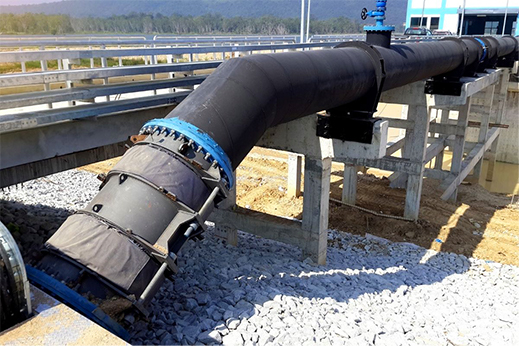
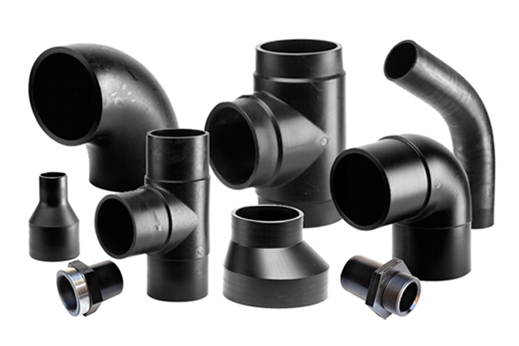
2.The construction sequence:
1)Piping installation:
①PE pipe with hot melt connection, because of the method of low cost pipe connection quality, do not need pipe fittings and other advantages.
②The material is prepared to place the pipe or fittings in a flat position on the docking machine, leaving a sufficient cutting allowance of 10-20mm.
③Clamping: according to the welded pipe and pipe fittings, choose the appropriate slip clamp to clamp the pipe and get ready for cutting.
④Cutting: cutting the impurities and oxide layer on the welded pipe segment and the end face of the pipe fitting to ensure that the two butt end faces are smooth, smooth and free of impurities.
⑤Aligning: the end face of the two welded pipe segments should be completely centered. The smaller the wrong side, the better. The wrong side should not exceed 10% of the wall thickness. Otherwise, the butt quality will be affected. The heating butt temperature is generally 210-230? The heating time of the heating plate is different in summer and winter, and the melting length of the two end faces is 1-2mm.
⑥Switch: take the heating plate away, quickly let the two hot melting surface stick and pressure, in order to ensure the quality of the melting butt, the shorter the switching cycle is.
⑦Melt butt: it is the key to welding. The butt process should always be carried out under the melting pressure, and the edge width should be 2-4mm.
⑧Cooling: keep the docking pressure constant, let the interface cool slowly, the cooling time depends on the hand to touch the curling edge stiffly, can not feel the heat prevail.
⑨After the docking is cooled, release the slips, remove the docking machine, and reprepare for the next connection.
3.Requirements for quality control of hot melt connections:
Due to the high technical requirements of hot melt connection, we should pay attention to the appearance inspection of the quality of the joint, and require the joint to form a uniform flange. Connection quality problems are commonly caused by the following reasons, construction should pay attention to prevent:
①Different materials, brands, wall thickness of the pipe and pipe fittings mixed
②The end face of the connector is not kept clean, and the water or mud should be cleaned in time.
③The operator's skill is not high, the technical parameters of hot melt connection have been adopted, the heat time, heating temperature, connection pressure, cooling time have not been strictly controlled as stipulated.
④The welding equipment should be maintained regularly to ensure that the equipment is in good working condition.
4.Pipe hydraulic test:
When the system is filling with water, the exhaust valve at each height of the pipeline should be opened to exhaust the air. When the water is full, close the exhaust valve, pressurize with the electric pressure test pump, the pressure should gradually increase, when the pressure reaches a certain value, it should stop to check the pipeline, and continue to pressurize when there is no problem, generally divided into 2~3 times to the test pressure.
When the pressure reaches the test pressure, stop the pressure, keep the constant pressure for 10 minutes, check the docking □ pipe body without moraine damage and water leakage phenomenon, it is considered that the pipe strength test is qualified.
Under the test pressure, the pressure drop in 10 minutes is not more than 0 (02MPa), it can be considered that the tightness test is qualified, and the pressure test quality is good. The team quality safety officer should make pressure test records in time.
1)Quality assurance measures for piping installation:
①carefully check the pipe or parts, to comply with the rules and regulations, and clean up the debris in the pipe.
②If it is found that the pipe has appearance damage, it shall be forbidden to use it.
③Check whether there is enough space for welding position.
④Before welding, the center line and elevation of the pipe should be carefully checked to meet the design and specification requirements.
2)Quality assurance measures for pipeline pressure test:
①The pressure gauge should be examined before the water pressure test and within the effective inspection period.
②When the pipe enters the water, it should exhaust carefully, and the exhaust point should be selected as far as possible in the high position of the pipe section.
The pressure should be gradually increased during the hydraulic test, and a special person is responsible for observation and inspection.
①Socket pipe is to the socket for the direction of water.
②The pipe is cut off, the cut should be flat, the cut nozzle has a scraper to scratch the burr, and scrape out 15 degrees outside angle.
③Repeated trial insertion, test insertion qualified before bonding installation.
④Wipe each socket clean, if there is oil, use acetone to remove.
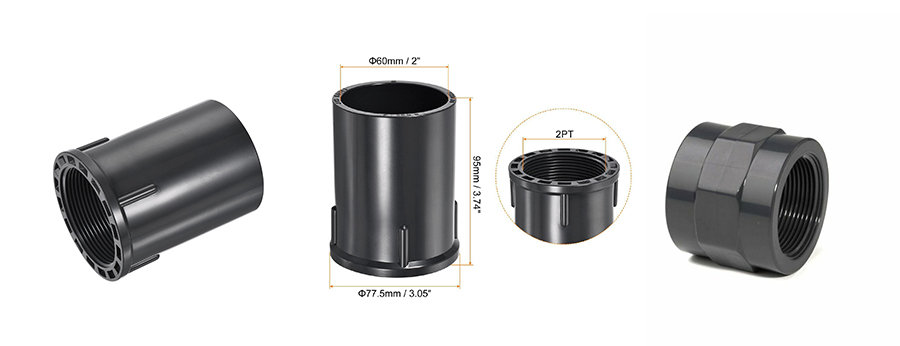
⑤Bond with adhesive, apply adhesive to socket and socket with brush, then insert vertically. When inserting, the socket should be rotated slightly to facilitate the uniform distribution of adhesive. The spilled adhesive should be cleaned after plugging.
⑥Installation, the socket should enter the socket completely, and the length of the socket should be sufficient.
⑦Each section of the pipeline is installed, the position of the pipeline center line should be adjusted according to the center line of the well position at both ends.
⑧The height of the pipe is adjusted according to the height pile in the base slot and the height of the outer top of the pipe designed at the calculation place.
⑨Pay attention to the protection of the pipe, in the process of lifting, to avoid bumps and broken rings on the pipe.